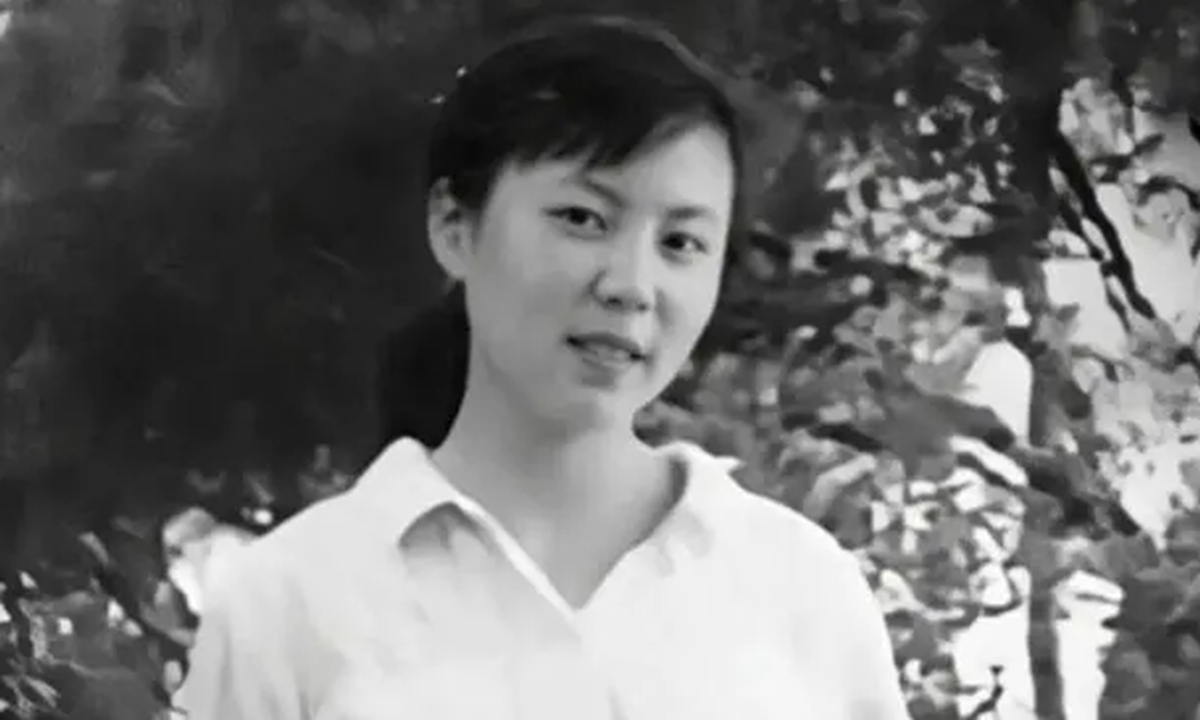The poisoning of a Chinese student is still a mystery

From the China Project: "It’s perhaps the most infamous case in the annals of modern Chinese crime. The tale begins in March 1995, as a nervous Zhu walked on stage to begin a Chinese zither recital. Her performance was flawless, if a touch rote. No one in the room, least of all Zhu, had any idea of the reason: that there was a rare poison working through her system, a toxic heavy metal called thallium (ta) that would soon render the young scholar incapable of again recognizing a zither melody again, let alone play one. The first strange signs had begun in November the previous year: Zhu’s palms would tingle and grow numb, symptoms quickly followed by agonizing pains, nausea, and diarrhea. At the time, the student had dismissed them as a winter flu or some form of food poisoning. When the conditions returned only hours after her final recital in March, however, they proved far more extreme and varied: Acute stomach ache, drastic hair loss, leg pains, loss of muscular eye control, partial facial paralysis. Today, Zhu Ling lives, but has the mental age of a six-year-0ld."
The shark from the movie Jaws is in the public domain and always has been

From Ironic Sans: "Due to a fluke of publishing and copyright law, the Jaws shark is public domain. It’s not the character of the shark that’s public domain – or someone would surely be making a low-budget horror prequel about how he became the Amity Island Killer. But I’m talking about the famous shark painting from the movie poster. When the book first came out, it didn’t have this cover art. An old New York Times article about the book’s origin explains that the author, Peter Benchley, actually had his own idea for the cover. He thought it should show “a peaceful unsuspecting town through the bleached jaws of a shark.” The publisher didn't like it. They hired artist Roger Kastel to make an updated version of the cover, and he went to the Museum of Natural History to study sharks, and he had a model pose across a couple of stools for reference of what someone looks like swimming. But it was never copyrighted."
Why it’s nearly impossible to buy an original Bob Ross painting

From The Hustle: "Though he died in 1995, the late TV painter Bob Ross remains an omnipresent cultural staple. His Chia Pet perm, nap-inducing voice, and meme-worthy sayings — “Happy little trees!” — have transcended time. Online, you can acquire Bob Ross paints, Bob Ross brushes, Bob Ross underwear, Bob Ross coffee mugs, Bob Ross energy drinks, Bob Ross watches, and Bob Ross toasters. But there’s one thing you won’t often see for sale: his artwork. During his lifetime, Ross produced tens of thousands of paintings. Yet, only a handful of his works have popped up for sale in recent years. When they do appear, they often fetch $10,000 plus and attract dozens of bids. Why is the work of one of history’s most prolific and accessible artists so scarce on the open market? To find out, I spoke with art gallery owners, auctioneers, art collectors, ex-colleagues, and the president of Bob Ross, Inc. — the company that preserves his legacy."
Hi everyone! Mathew Ingram here. I am able to continue writing this newsletter in part because of your financial help and support, which you can do either through my Patreon or by upgrading your subscription to a monthly contribution. I enjoy gathering all of these links and sharing them with you, but it does take time, and your support makes it possible for me to do that. I also write a weekly newsletter of technology analysis called The Torment Nexus.
The female astronomer behind the world's newest and biggest space telescope

From Nautilus: "The world recently got its first glimpse at the cosmos through the eyes of the Vera C. Rubin Observatory, which is perched atop Cerro Pachón, a nearly 9,000-foot peak in Chile. Vera Rubin is best known for presenting the first sound evidence of dark matter—an elusive substance that makes up more than 80 percent of our universe, yet doesn’t interact with light or other electromagnetic radiation, making it impossible to glimpse directly through a telescope. Her central scientific accomplishment involved discovering a mismatch between the predicted angular motion of galaxies and the observed motion of galaxies. Rubin’s calculations offered a solution to this so-called “galaxy rotation problem” by suggesting that galaxies must contain at least 10 times as much mass as can be accounted for by the visible stars. This invisible mass constituted evidence for what astronomers had earlier proposed to be dark matter."
The University of Minnesota's Lettuce Club has some unusual rules

From Now I Know: "If you’re a college student, you know that there are a lot of student activities available to you. Wannabe student leaders can run for student government roles. There are all sorts of cultural organizations, service clubs, and there’s probably even one for board gaming or video gaming. Each club has different levels of participation, and most are very open and welcoming. The University of Minnesota Lettuce Club is no different. If you’re a student at the school, you can sign up and join the activities organized by the club. Or, more correctly, the “activity,” singular. Because the Lettuce Club only holds one event per year: a lettuce eating contest. The rules are simple. Each participant needs to come to the location with a one-pound head of lettuce, have it weighed by judges, and then recite the Lettuce Club creed: "Lettuce compete today with honor, glory, and most importantly a mild appetite for leafy vegetables. … We must romaine calm if we do not win, and beleaf in the new Head Lettuce to guide us."
The secret only becomes obvious when you put the cup on the saucer
Brilliant art.....horse looks great. pic.twitter.com/fd6I9vKfD6
— The Figen (@TheFigen_) June 23, 2025
Acknowledgements: I find a lot of these links myself, but I also get some from other newsletters that I rely on as "serendipity engines," such as The Morning News from Rosecrans Baldwin and Andrew Womack, Jodi Ettenberg's Curious About Everything, Dan Lewis's Now I Know, Robert Cottrell and Caroline Crampton's The Browser, Clive Thompson's Linkfest, Noah Brier and Colin Nagy's Why Is This Interesting, Maria Popova's The Marginalian, Sheehan Quirke AKA The Cultural Tutor, the Smithsonian magazine, and JSTOR Daily. If you come across something interesting that you think should be included here, please feel free to email me at mathew @ mathewingram dot com



